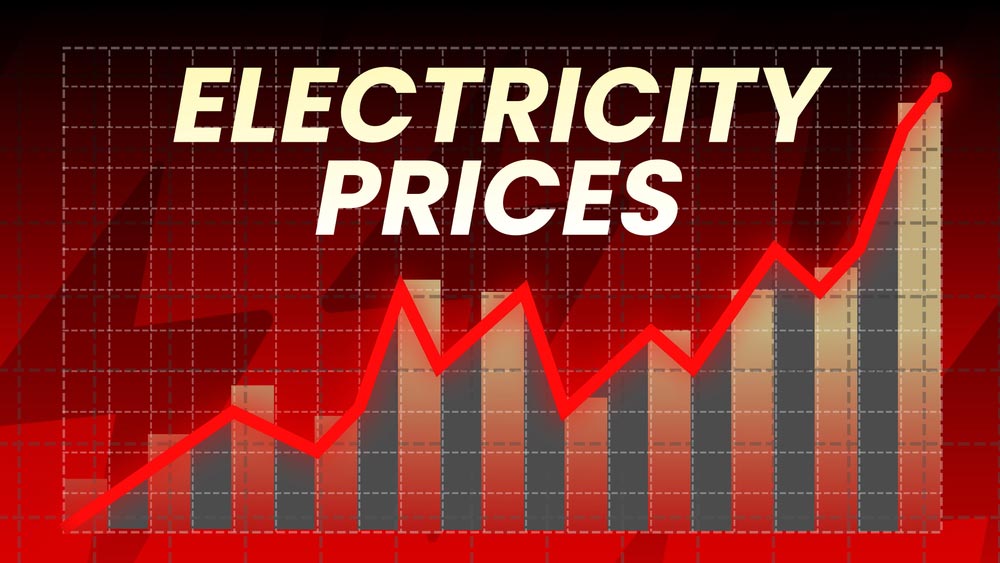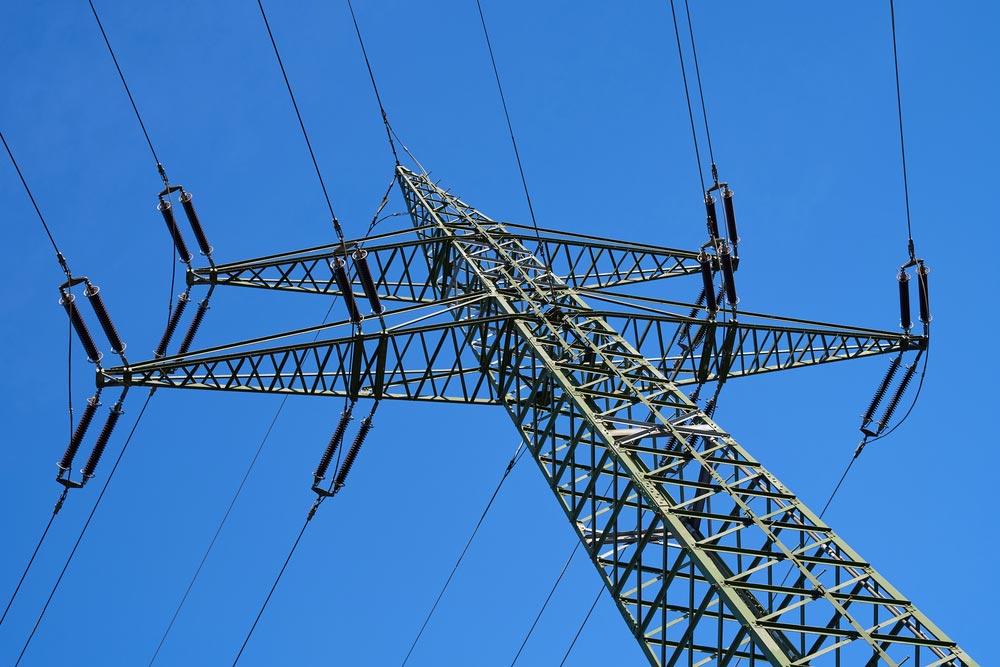Electricity prices in Texas are usually below the US average. But depending on the season and your energy plan, you may pay higher rates. In most parts of Texas, you can choose your own retail electric provider (REP). A good choice can lower your monthly electricity bill. But if you make a bad decision, it can cost you hundreds of extra dollars.
Texas electricity prices for 2025 will be the same as it was in 2024, with residential rates averaging 15-18 cents per kilowatt hour (including delivery costs). Pricing can also have seasonality, with the best contract pricing being available in the spring and fall. Commercial electricity rates for 2025 will be 7-9 cents per kilowatt-hour (plus delivery costs).

Historic Residential Electricity Rates in Texas
Here are the electricity rates from 2000 to 2011:
- 2000 — 7.90 cents per kilowatt hour.
- 2001 — 8.70 cents per kilowatt hour.
- 2002 — 8.10 cents per kilowatt hour.
- 2003 — 9.19 cents per kilowatt hour.
- 2004 — 9.60 cents per kilowatt hour.
- 2005 — 10.84 cents per kilowatt hour.
- 2006 — 12.70 cents per kilowatt hour.
- 2007 — 12.41 cents per kilowatt hour.
- 2008 — 12.83 cents per kilowatt hour.
- 2009 — 12.66 cents per kilowatt hour.
- 2010 — 11.58 cents per kilowatt hour.
- 2011 — 11.27 cents per kilowatt hour.
The electricity rates from 2012 to 2022 are listed as follows:
- 2012 — 11.04 cents per kilowatt hour.
- 2013 — 11.37 cents per kilowatt hour.
- 2014 — 11.82 cents per kilowatt hour.
- 2015 — 11.64 cents per kilowatt hour.
- 2016 — 11.02 cents per kilowatt hour.
- 2017 — 11.18 cents per kilowatt hour.
- 2018 — 11.39 cents per kilowatt hour.
- 2019 — 11.96 cents per kilowatt hour.
- 2020 — 11.96 cents per kilowatt hour.
- 2021 — 12.06 cents per kilowatt hour.
- 2022 — 13.55 cents per kilowatt hour.
The data shows a steady increase in electricity prices over the last 20 years, with some years where the change was significant. This was especially true in 2022, which was characterized by high inflation. Approximately 50% of all the electricity being generated in the state comes from natural gas, which has gone up in price because of global geopolitical tensions.
How Historic Electricity Rates in the Area Compare to the US Average
Here are the electricity prices in the West South Central region of the country from 2021 to 2024:
- 2021 — 11.78 cents per kilowatt hour.
- 2022 — 13.21 cents per kilowatt hour.
- 2023 — 13.85 cents per kilowatt hour.
- 2024 — 13.97 cents per kilowatt hour.
Compare this data to the US average for those years, which are listed as follows:
- 2021 — 13.66 cents per kilowatt hour.
- 2022 — 15.12 cents per kilowatt hour.
- 2023 — 15.76 cents per kilowatt hour.
- 2024 — 15.76 cents per kilowatt hour.
While there was a sharp increase in 2021 and 2022, they were still 11-14% below the US average. As a way of comparison, the average price for New England in 2023 was 28.82 cents per kilowatt hour.

Projected Electricity Demand in Texas
According to the latest estimate, electricity demand in the Electric Reliability Council of Texas (ERCOT) region of the country will reach 208,000 megawatts by 2030 (which will be a 40% jump from where it is today). The biggest reason for this expected increase is the anticipated growth in the state’s data center footprint, which is a growing industry that’s needed to support an increasingly digital economy. The projected growth in electricity demand is also due to the expected development of artificial intelligence.
The current data center footprint is practically negligible, but it’s expected to increase by 78,000 megawatts by 2030. Texas is experiencing a growth in population, economic footprint, and electricity usage. In fact, the Texas Demographic Center estimates that the state could have 300 million more people by 2030 (with more than 300,000 people moving to the state each year). This growth puts a strain on the state’s infrastructure, especially the power grid.
After the winter storm and blackouts in February 2021, ERCOT went through a number of substantial reforms (especially with regard to physical weatherization). The use of solar energy (especially when it’s paired with battery storage) has proven to be an asset for the state’s main grid. But now, they have to deal with the rapid expansion of data centers moving to Texas because of its cheaper land, low taxes, and light regulation. So while electricity rates in Texas have increased, the demand being placed on the grid will also increase.
If you’re looking for one of the best places for solar panels in Corpus Christi, be sure to get in touch with Solar Power Integrator.
